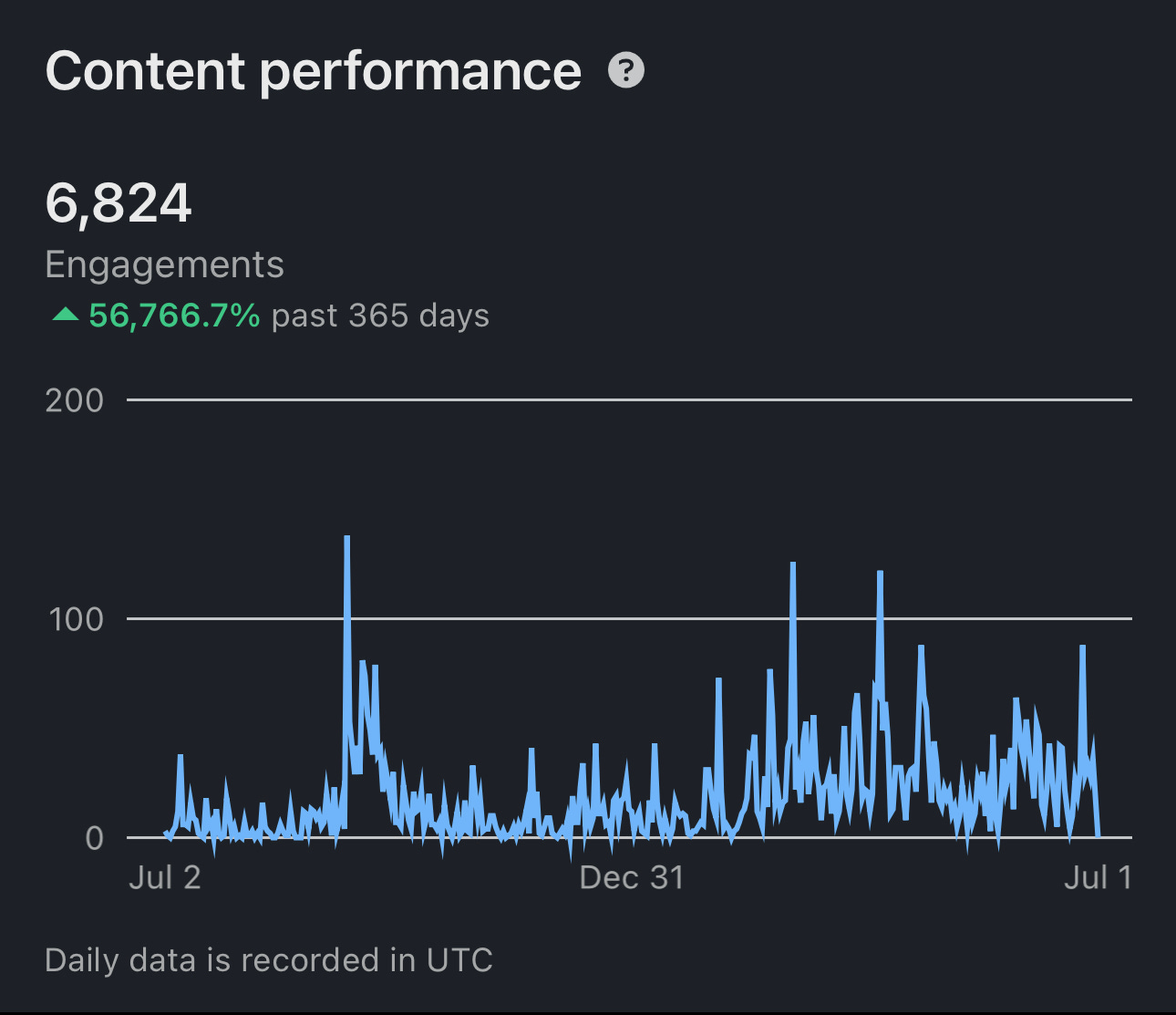LinkedIn Sorcery Report: How A Psychological Model Called "Mentalizing" Drove Engagement...
The science developed at Anna Freud National Center For Children and Families, repurposed as a LinkedIn content marketing hack for the ages.
One of the under-examined elements driving algorithms powering social media is the intentions of their creators. Intentions matter. Your author, as a certified HGI (human general intelligence) model, enjoys thinking about the minds behind the metrics. Welcome the the only one person daily health, tech, and more sorta funny newsletter written by Owen Muir M.D.: The Frontier Psychiatrists! Subscribe already!
A month or or so ago, I decided to pay attention to engagement on My LinkedIn. It was, in short, better than I expected. A “good” engagement rate on LinkedIn is 2%. Engagement is defined as a reshare, comment, or “reaction”—and it’s a proxy, albeit an imperfect one, for someone taking an action on what you posted. The ratio to this on a per post basis or a per follower basis is what counts as “success” on LinkedIn. We can debate, and probably will, the “construct validity” of this as a metric, but for me at least, when I wrote my initial piece, I had a 7.7% engagement rate in the prior 7 days per follower.
This, from all I read, was very high.
Since then, I have been running an experiment: what can I work out, in my mind, about what drives engagement on LinkedIn? Does it pay off for This Newsletter?
I’m trying to imagine both the minds of my readers and the minds of the algorithm writers. I’m doing this with no advanced tools of any kind. No schedule, no bots, nothing by the metrics they provide, and my brain asking “why?”.





